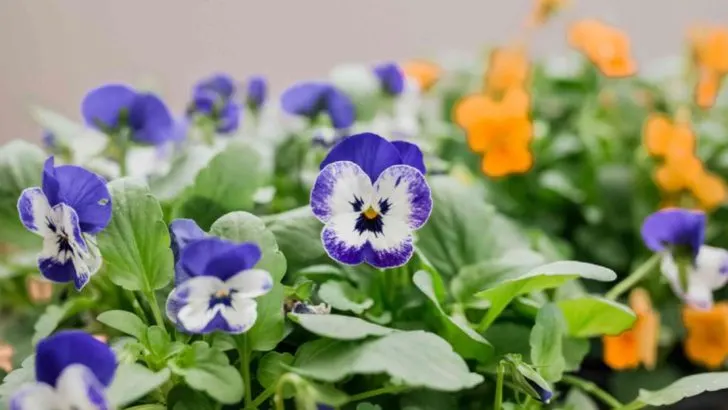Adding edible flowers to your garden is a fun and creative way to enhance your meals with both color and flavor. Not only do they make a beautiful addition to your garden, but many edible flowers also have unique flavors and health benefits that can elevate your cooking and baking.
From the peppery taste of nasturtiums to the sweet notes of violets, edible flowers can be used in a variety of dishes—salads, teas, desserts, and even cocktails. Growing them at home ensures you have fresh, organic flowers right at your fingertips, perfect for garnishing or incorporating into recipes.
Discover 10 edible flowers that are easy to grow, and learn how to use them to add a gourmet touch to your culinary creations!
Nasturtium
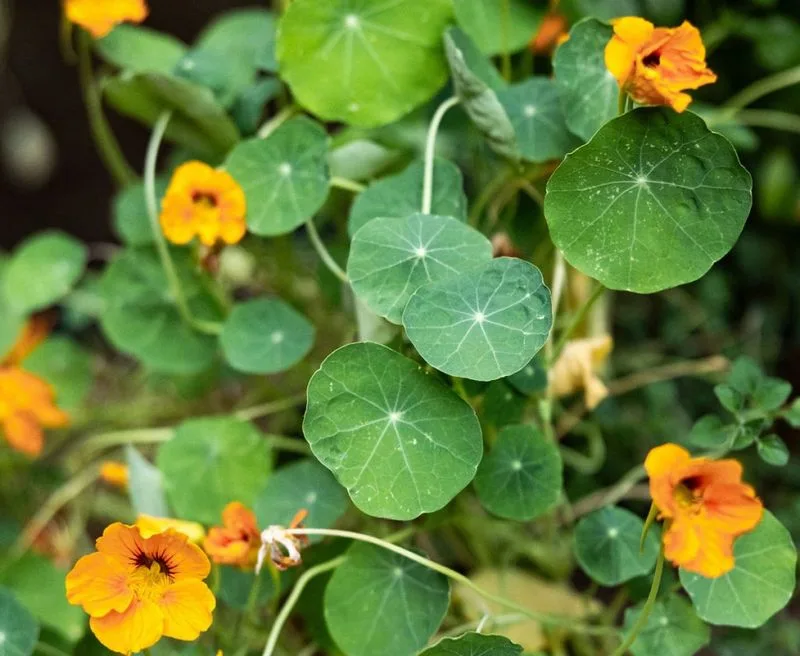
A feast for the eyes and the palate, nasturtiums bring a peppery kick to salads. Their bright blooms, ranging from sunny yellows to fiery reds, are more than decorative. Nasturtiums thrive in sunny spots and are easy to grow, making them perfect for beginners. Their leaves, too, are edible, adding a zesty note to dishes. Use them fresh to maintain their vibrant flavor. Adding nasturtiums to your garden not only enhances visual appeal but also attracts beneficial insects, ensuring a thriving ecosystem. They are a fantastic way to introduce edible flowers into your culinary adventures.
Borage
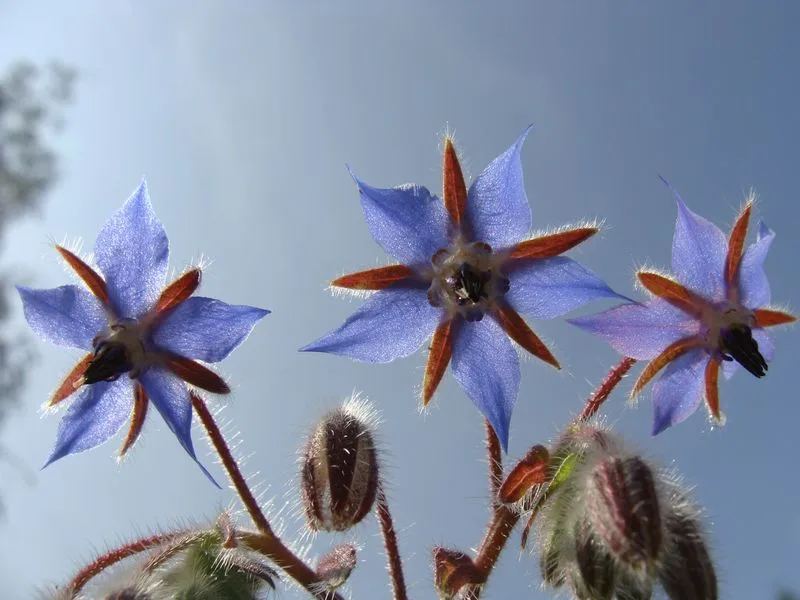
The star-shaped blue petals of borage flowers have a mild cucumber flavor, perfect for summer drinks and salads. Known for their cooling properties, borage flowers provide a refreshing touch to beverages. These blooms attract pollinators, making them a valuable addition to any garden. Borage plants are hardy, thriving in well-drained soil, and can be a striking visual element with their lush foliage. Incorporate these flowers into ice cubes for a pretty, edible garnish that surprises and delights guests. Their unique taste and appearance make borage a delightful edible flower choice.
Calendula
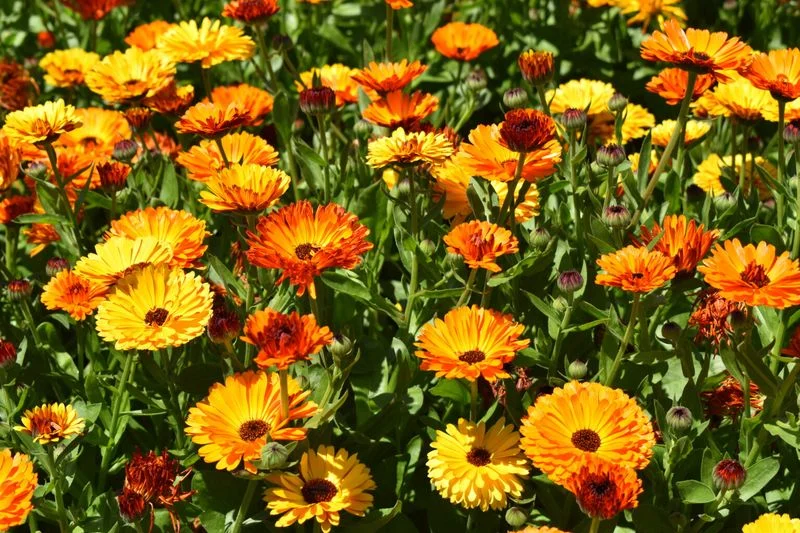
With a hint of spice and a splash of color, calendula petals add a golden hue to dishes. Often referred to as “poor man’s saffron,” they are a versatile ingredient in the kitchen. Calendula thrives in sunny gardens and is known for its skin-soothing properties. Use the petals to infuse oils or scatter them over a salad for a pop of color and flavor. This flower is not just a visual treat but also a culinary delight, bringing sunshine to your plate. Its historical use in healing makes it a flower with dual purposes.
Chive Blossoms
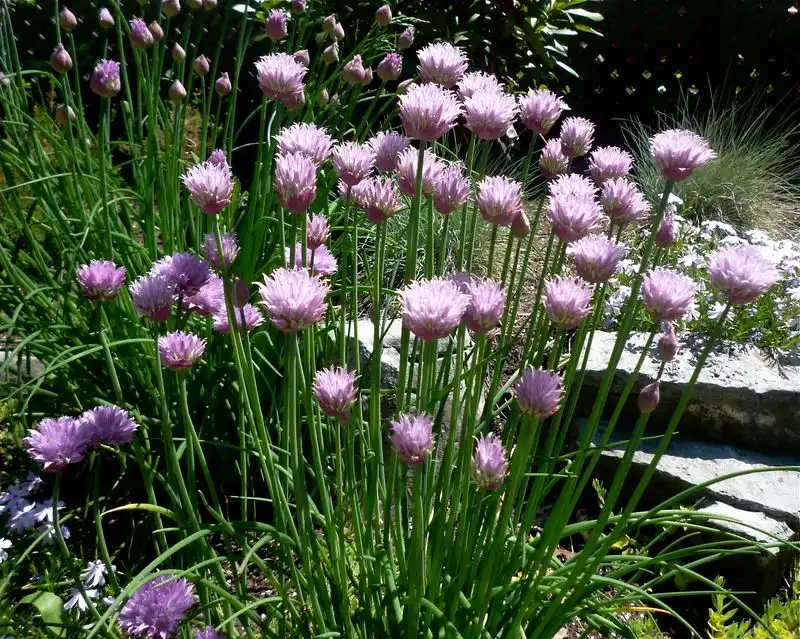
These delicate purple pom-poms add a mild onion flavor, enhancing salads and soups. Chive blossoms can be harvested alongside their green stems, offering a two-in-one culinary delight. The flowers are easy to grow in pots or garden beds, requiring minimal care. They not only flavor dishes but also decorate them beautifully. Use the blossoms to create infused vinegars for a subtle onion taste. Their versatility and ease of growth make chive blossoms a favorite among edible flowers, perfect for those who love gardening and gastronomy alike.
Violas
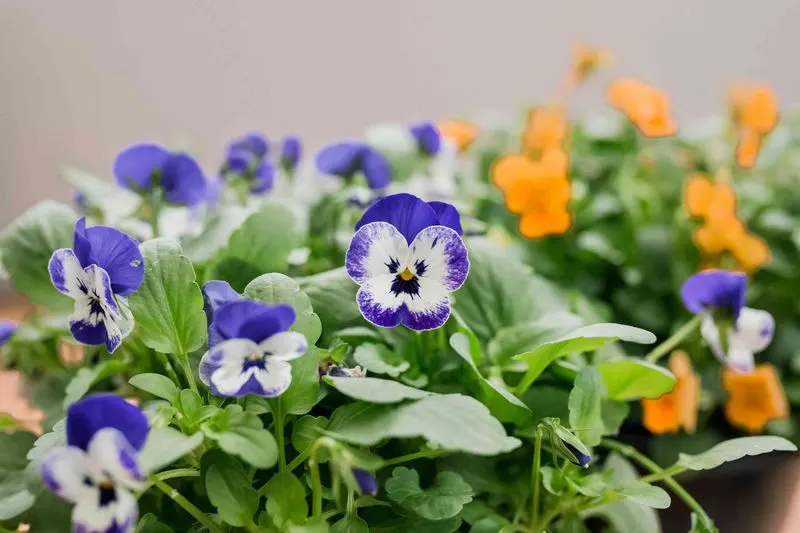
Tiny but mighty, violas bring a sweet, floral flavor to desserts and salads. Known for their charming appearance, they add a whimsical touch to any dish. Violas grow well in cooler climates, often thriving when other flowers fade. Use them to decorate cakes or candy them for a sweet treat. Their vibrant colors and delicate taste make them a popular choice for culinary enthusiasts. Violas are easy to grow from seed, offering a plentiful harvest. They are an enchanting addition to any recipe, capturing the essence of spring on a plate.
Lavender
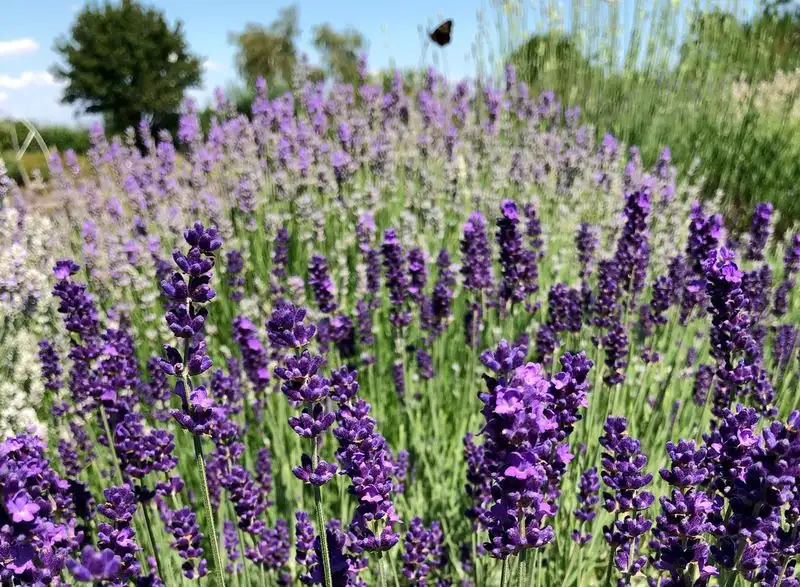
Lavender offers a sweet, floral aroma that transforms simple dishes into gourmet experiences. Known for its calming scent, this flower is a staple in both culinary and aromatherapy practices. Lavender grows best in sunny, well-drained environments and can be used in baking, drinks, and savory dishes. Its versatility is complemented by its health benefits, adding a sense of relaxation to meals. Use dried lavender buds to infuse sugar or make lavender lemonade. This flower elevates any culinary creation, making it a beloved choice for both novice and seasoned chefs.
Hibiscus
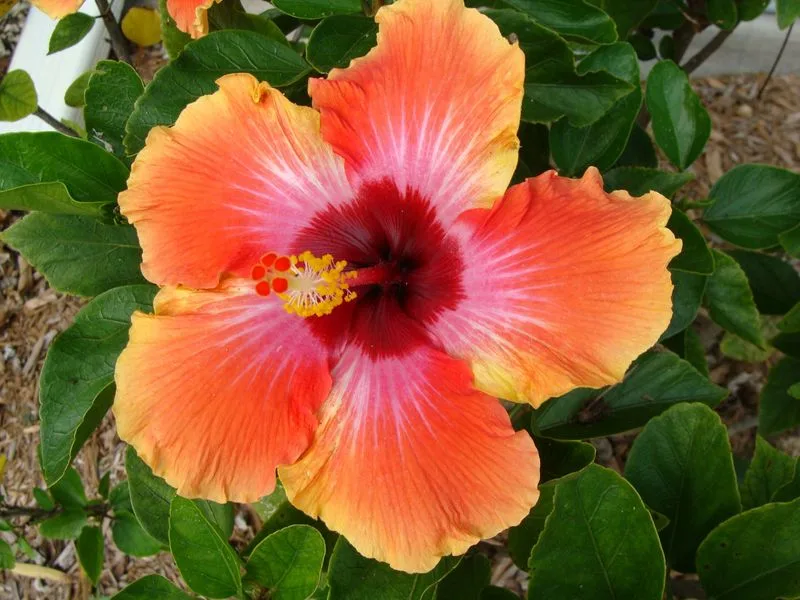
Hibiscus flowers are not just visually stunning; they offer a tart, cranberry-like flavor perfect for teas and sauces. This tropical flower thrives in warm climates, adding exotic flair to gardens. Known for its vibrant red blossoms, hibiscus is also packed with antioxidants. Use it to brew a refreshing iced tea or incorporate it into syrups and desserts. Its striking appearance and health benefits have made hibiscus a popular choice worldwide. The flower’s bold taste and color bring a touch of the tropics to your kitchen, making every dish a feast for the senses.
Squash Blossoms
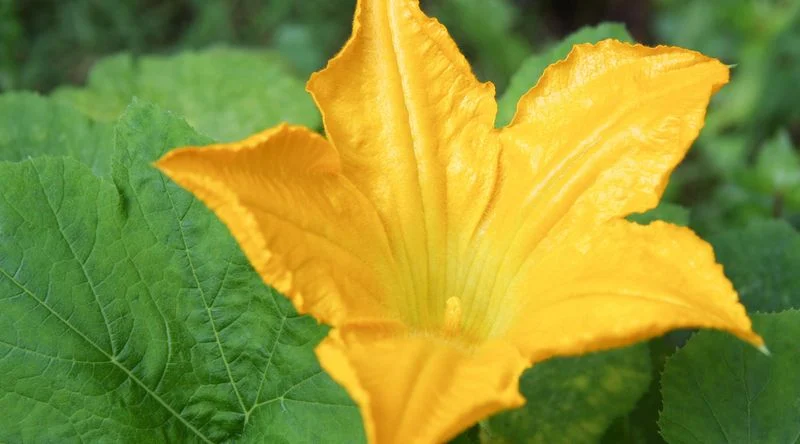
Delicate and mild, squash blossoms are a gardener’s delight, offering an elegant flavor when stuffed or fried. These blossoms are a unique addition to any culinary repertoire. They grow alongside squash plants, making them easy to source and harvest. The blossoms’ subtle taste pairs well with cheeses and herbs, creating a sophisticated dish. Stuff them with ricotta for a classic preparation, or try them tempura-style for a crispy treat. Their versatility in the kitchen reflects the diversity of flavors they can complement, making squash blossoms a must-have.
Rose Petals
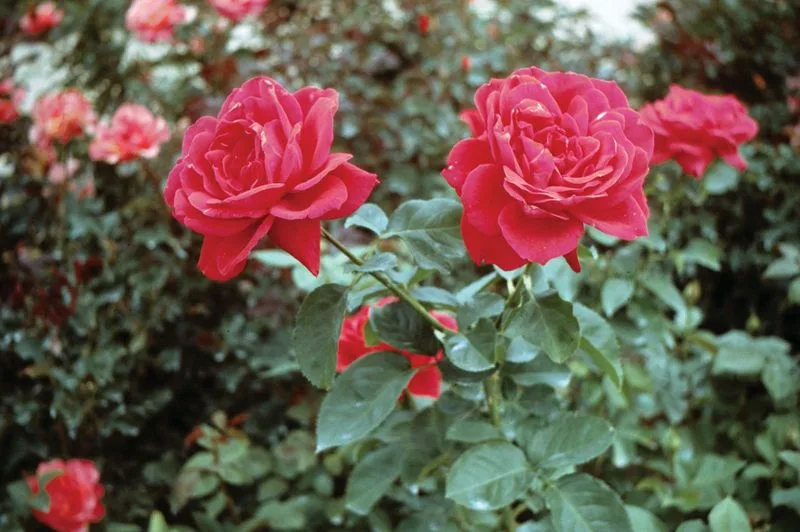
Beyond their romantic symbolism, rose petals offer a delicate flavor and aroma that enhances sweet and savory recipes. Roses are versatile in the kitchen, used in jams, desserts, and teas. Choose organically grown roses to ensure safety in consumption. The petals’ subtle, sweet taste can be infused into syrups or incorporated into baked goods. Roses grow best in sunny environments and a well-cared garden will yield abundant blooms. Their timeless beauty and gentle taste make rose petals a classic choice for culinary exploration.
Bee Balm
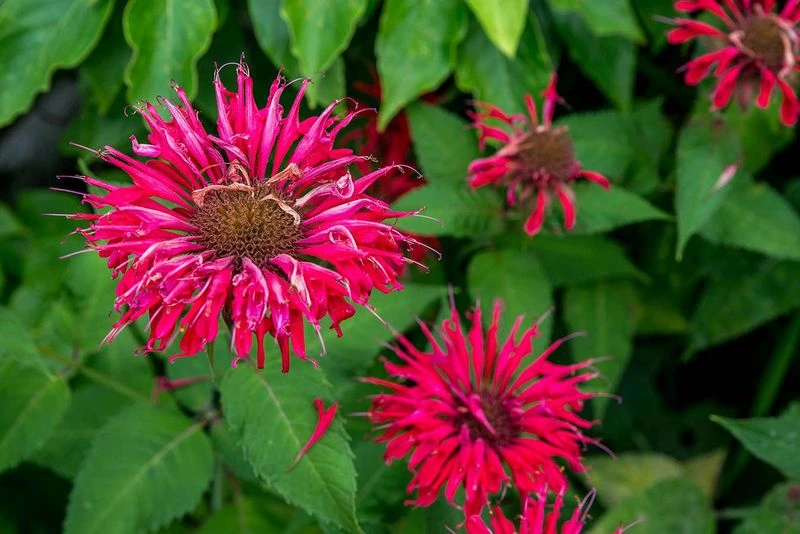
Bee balm’s citrusy flavor with a hint of spice brings zest to teas and salads. Its vibrant colors attract pollinators, making it a lively garden addition. Bee balm is known for its medicinal properties and ease of growth, thriving in sunny spots. Use the petals fresh, or dry them for later use in herbal teas. Their spicy aroma and bold appearance make bee balm an exciting choice for those looking to expand their culinary palette. The flower’s unique taste and benefits ensure it stands out in any dish or garden.

